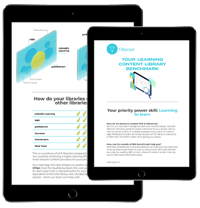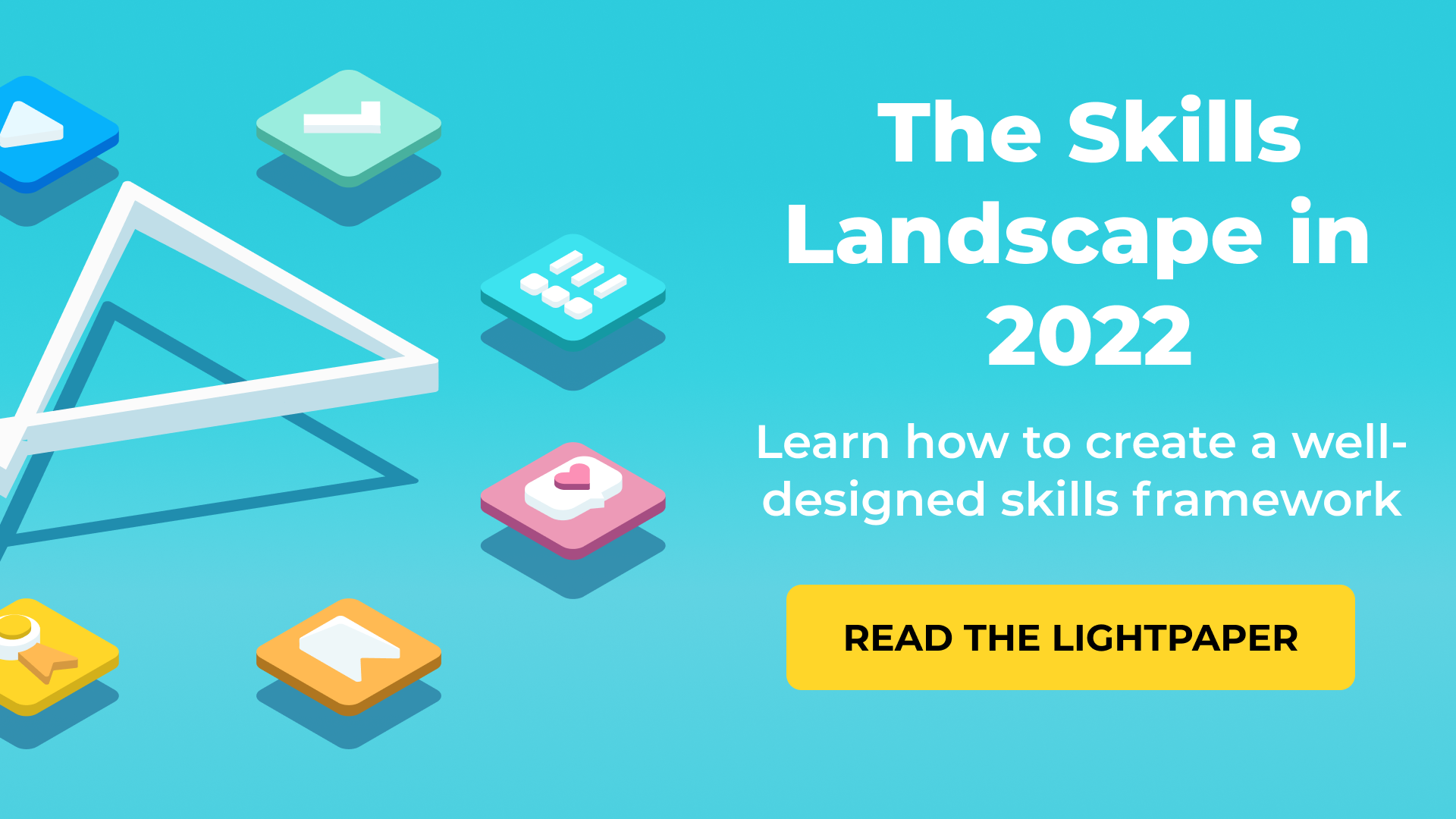"Weniger, aber besser" [Less, but better] - Dieter Rams
Has your Learning Experience Platform (LXP) started to look more like a learning landfill site? A place where videos, podcasts, blogs, book blurbs and pathways pile up into heaps of digital clutter. When speaking to learning leaders, it's an issue that keeps cropping up. In the name of user-focus, organisations have been oversold on the value of having more (‘Learn from any source,’ ‘Access millions of opportunities’).
Now more than ever, Learning and Development teams should take heed of legendary industrial designer Dieter Rams’ guiding philosophy: “less, but better.” In dealing with the challenges of tomorrow, organisations that succeed will be those that define capabilities that are essential and focus relentlessly on building them. What’s needed is an organising principle that determines the organisation’s priorities and technology that makes execution as effortless as possible.
When speaking to organisations about how much value they’ve got from implementing LXPs (Learning Experience Platforms), a set of issues that result from trying to do too much come up time and time again:
“Our LXP has become a dumping ground for content”
The promise of the LXP was to improve the employee experience by making finding resources easy, but all this has achieved is optimising the route to a hedge maze. Knocking down one set of barriers has fortified new ones, and attempts to bring millions of learning resources under one roof have led to the creation of expensive all-you-can-learn content buffets. The emphasis needs to shift from enabling people to access resources towards guiding them to the right resources. A step back to the top-down approach would be foolish, but guiding and facilitating in a way that’s useful is critical.

Guide your people to the right resources and find out which learning providers best align with your organisation's skills.
Use our free content library benchmark tool to find out now.
Encouraging a self-directed learning culture requires balance. There’s a difference between democratising learning and ceding all responsibility for development to the individual. A focus on greater flexibility and adaptability to match individual learning requirements can go too far. By placing the burden of development entirely at the individual’s door, an enabling technology can quickly inhibit an organisation from making significant, aligned progress towards the change it needs to enact.
An effective strategy is one that aligns organisational priorities with individual motivations. People aren’t motivated to develop skills for the sake of it, they’re motivated by contributing to their organisation’s purpose and goals. That’s why L&D should align its approach to the capabilities the organisation agrees are necessary for it to compete, innovate and maintain its edge. This means saying no to trying to be all things to all people (To see how to do this check out NilesNolen’s decision tree).
“Our team is hemorrhaging hours curating resources with no clear purpose”
Another recurring issue is that L&D teams are wasting huge amounts of effort feeding the content machine by curating learning content without any guiding principles. What’s more, new governance structures are being developed to manage technology that is supposed to manage itself.
This is because allowing users to define their own development needs leads to duplication or inclusion of skills that just don’t fit into the organisation’s skills framework. The result of these ever-expanding skills libraries is that whenever new content needs to be added, it's a long and inefficient process.
The flexibility of the LXP (Learning Experience Platform) has also enabled a quicker way to process the business’s training requests to include every skill under the sun. However, the result is that when an employee’s feed is refreshed each week with the latest learning initiative, they’re unable to separate the important from the trivial and content fatigue soon sets in.
Curation adds most value when the selection criteria are most brutal. A well-designed skills framework that defines the organisation’s priorities will help you decide what resources go in, and what gets cut. Also key is ensuring the framework is maintainable and able to evolve based on user feedback. This way you balance user-focused design with organisational priorities - whilst ensuring your framework and resource library can evolve quickly and cheaply rather than creating a graveyard of last year’s priorities.
“We’re seeing higher engagement, but don’t know which resources are having most impact”
Building filtering mechanisms on top of systems that are designed to be open is difficult. And whilst tactics like badging and colleague-endorsed pathways will increase engagement, they’ll also create warped incentives and bias your data in ways that could mask people’s true development needs.
If I’m in an open learning environment where I’m rated by my manager and peers, do I really want it to know I’m shoring up my Excel skills? Maybe I’d rather let my manager know I’m trying to develop a more cutting edge skill like blockchain? Will I really be open about my need to focus on building my resilience? Instead of building these unreliable performative social filters, we should give people a safe space to learn.
A way forward
So how can L&D teams address these issues head on in a time when their investment will come under greater and greater scrutiny? A useful question to ask is: “If we didn’t already own this, how much would I spend to buy it?” Don’t fall prey to the sunk cost fallacy. If L&D teams don’t prioritise their investments and activities effectively and double down on finding what’s essential, the finance department will.


